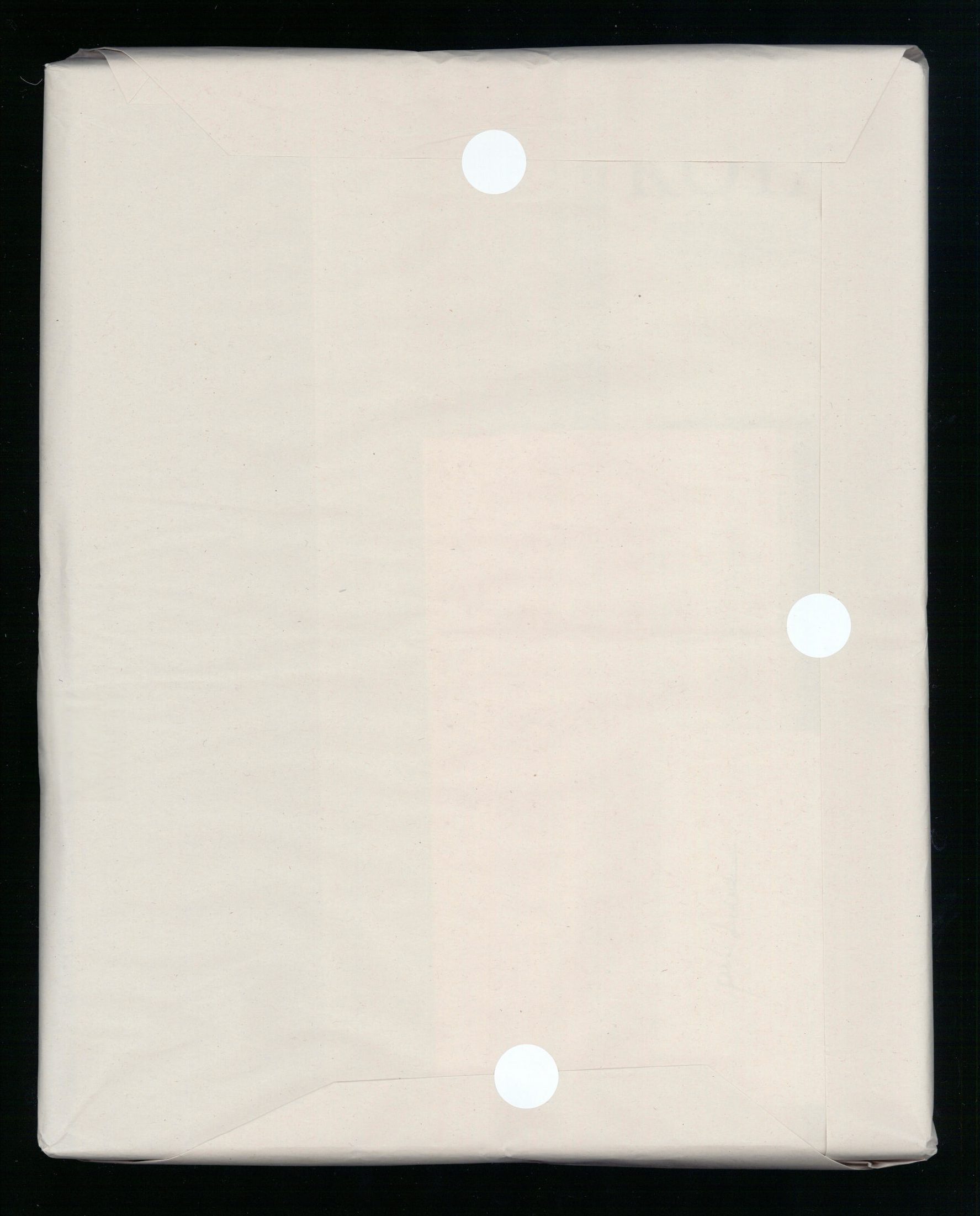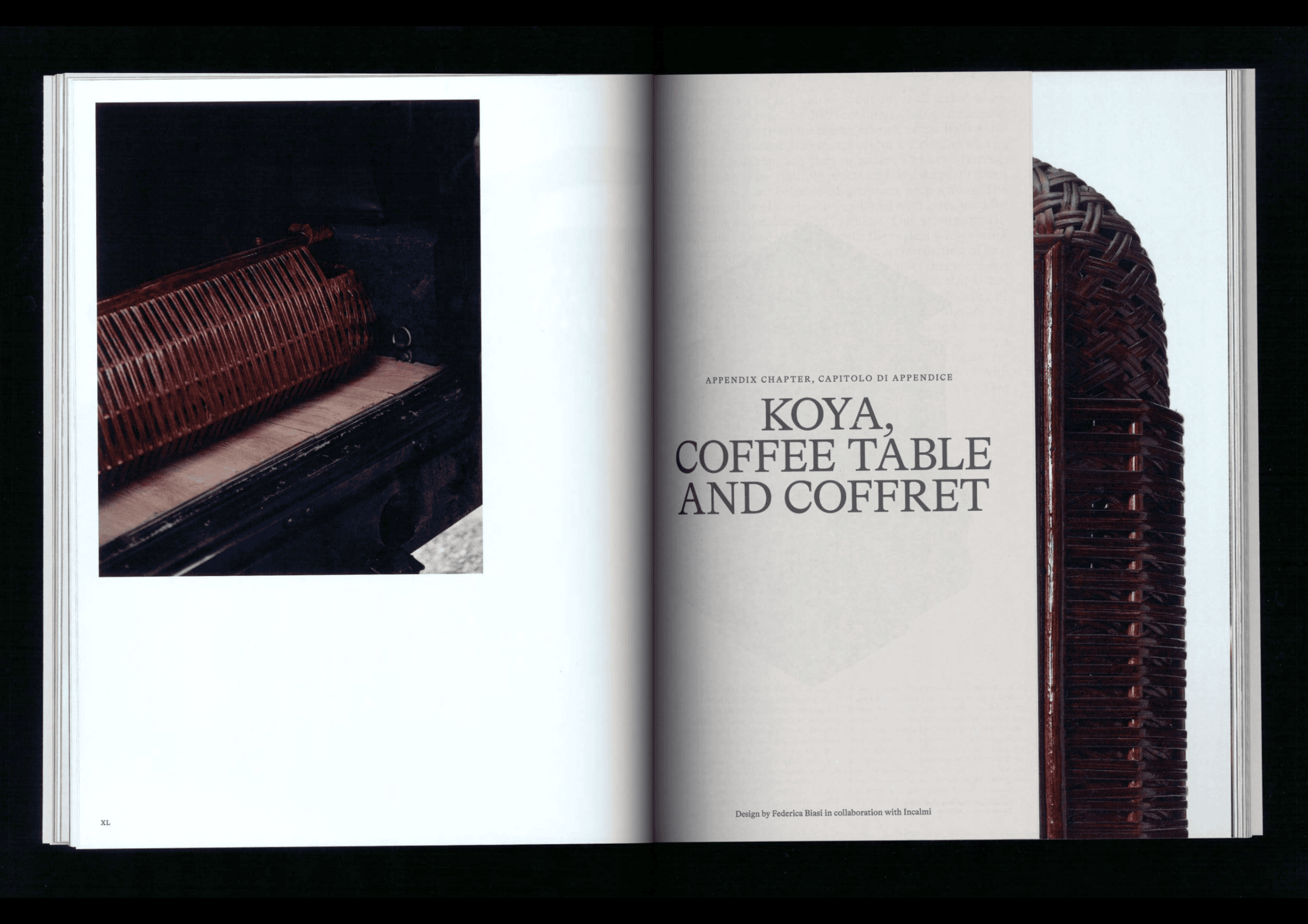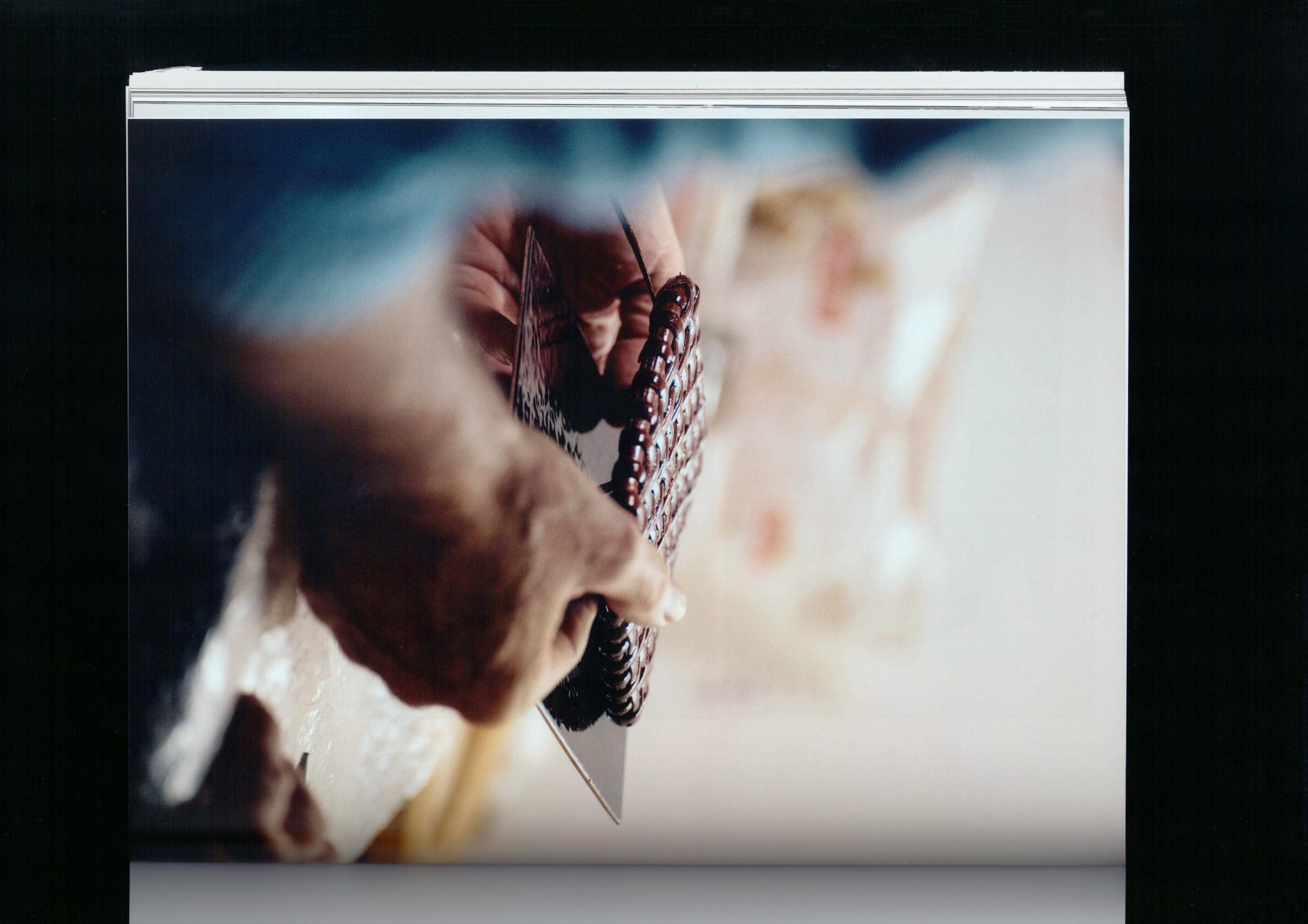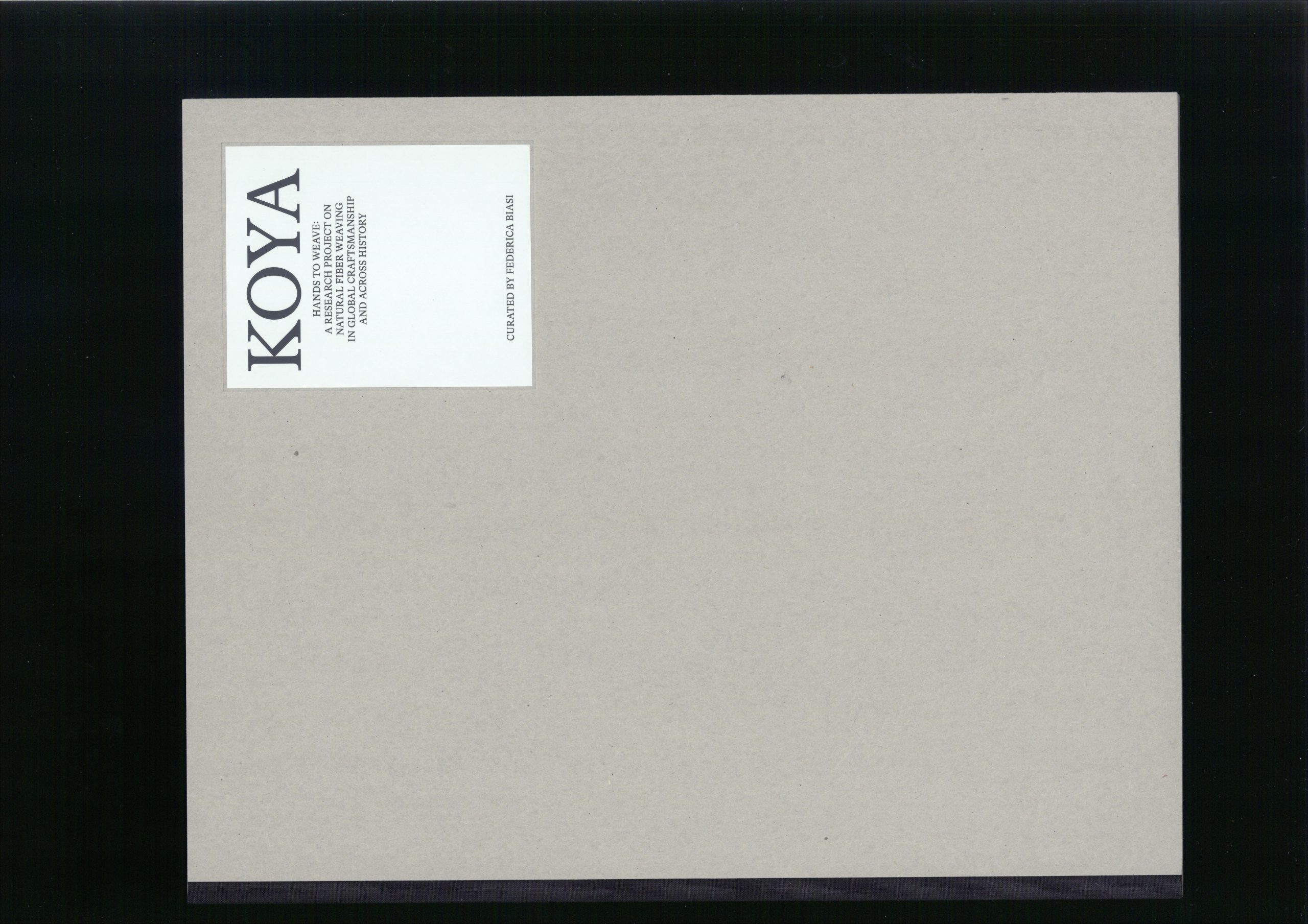In the landscape of Italian design and craftsmanship, the collaboration between Federica Biasi and Incalmi represents a virtuous example of research and experimentation. Incalmi, an Italian company specialising in luxury, design, and architectural product development, carries out an experimental project with a designer each year to showcase its expertise. The encounter between Biasi and the Incalmi team gave rise to an investigation that blends natural materials, traditional techniques, and an innovative aesthetic.
Before embarking on the project with Incalmi, Federica Biasi travelled to Japan in May 2024, an experience that profoundly influenced her research and design vision. This journey allowed her to immerse herself in a context rich in history, tradition, and craftsmanship, attentively observing details, atmospheres, and modes of production.
SP: Let’s start by talking about your recent trip to Japan, which embodies the spirit of this project.
FB: I visited Japan in May 2024. During this time, I had the opportunity to pause, observe details and surroundings, and carve out time in a special context to experiment with different ideas. This journey was not directly linked to the project, but it gave me the chance to learn and research freely, without focusing on a specific outcome. It’s a luxury to be in a condition where you don’t have to chase ideas but can remain in a state of total openness – this is far more prolific and less frustrating.
SP: What were you observing? Was there a specific object that inspired you?
FB: My research is not solely linked to the product itself but also to the atmosphere, light, colours, traditions, and ways of living. The photos I took are not meant to be artistic but are visual notes. The presence of nature, silence, shadows, grids, vases on altars… It’s hard to assign precise meaning to each of the images from my photographic account of Japan because they are impressions, ideas, inspirations. They serve to narrate the soul of the project. Today, we are overwhelmed by images, products, and slogans, and we have forgotten that just a few well-made objects would be enough to furnish our homes with meaning. So, I try to seek the essence of this research. A key moment of the trip was the three days spent on Mount Koyasan, visiting a Buddhist temple and meditating. There, I saw a basket with an interesting shape, which inspired the project. Of course, I have no pictures of that moment because they were not allowed. The project is called Koya as an homage to these places and the special moments I experienced there.
SP: What aspect of Japanese culture particularly struck you?
FB: The Japanese landscape is exemplary in illustrating the strong bond between craftsmanship and technology. I was impressed by their ability to live certain moments of the day with slowness, despite being immersed in often hyper-frenetic contexts. You can find this attitude even in a metropolis like Tokyo, where the delicacy of artisanal craftsmanship coexists with the most advanced technologies. Their culture does not abandon tradition but protects and carries it forward, maintaining a close relationship with futuristic visions. Mount Koyasan is an ancient village, yet still alive, inhabited, and relevant. I love the idea that many monks still live there in a community and that certain rituals and ways of living have been preserved to this day. Even the weaving technique in Asia has not changed but has been maintained and preserved.
‘With Incalmi, I found great project synergy. Their expertise in research and development perfectly complements mine, which focuses primarily on design and art direction’, says Federica Biasi. The involvement of Patrizia Mian and Gianluca Zanella was crucial to the project, thanks to their experience and passion for Italian craftsmanship.
During the collaboration, Biasi delved into the history of the Barbisano School and met Diego Calderari, ‘the last of the panierai’, one of the last masters of traditional Italian weaving.
SP: How did you connect with Incalmi?
FB: I met Patrizia Mian, one of Incalmi’s founders, through a self-produced project I worked on for the exhibition The New Poetic Activism, hosted by the ADI Design Museum and curated by Mario Trimarchi. I was looking for someone willing to develop a particularly complex project in artistic glass. Her family has owned a glassmaking furnace for generations, making her a perfect figure for my needs. Following this very positive experience, Patrizia proposed collaborating on their research project. I gladly accepted and shared my studies on natural fibres and their weaves: rattan, wicker, reed, bamboo… We decided to translate this material research into a tangible object: a small sculptural table.
SP: In addition to your study of weaving [which has a dedicated chapter, editor’s note], you worked extensively with Gianluca Zanella of Incalmi on the product’s colouration. What did this research entail?
FB: For Koya’s colouration, we started by testing various mixtures with oxides, earth pigments, and natural dyes like coffee and wine, which were used in ancient times, but we didn’t achieve the desired aesthetic result. We then turned to ‘dragon’s blood’, a red resin obtained from various plant species, including rattan (Calamus rotang). This resin was widely used in the past for different purposes, from wood lacquering to medicine. Gianluca – who is an excellent researcher – conducted several tests until he achieved the Bordeaux tone I had envisioned. Knowing that dragon’s blood is used in violin making, Gianluca deepened the research by exploring that world as well. We experimented with glossy finishes using shellac, but the results were unsatisfactory since rattan does not lend itself well to that process. We then continued testing a natural varnish that remains elastic to prevent cracking while maintaining a glossy effect. We could have easily achieved the same colour with a simple industrial varnish, but that was not the project’s goal. It wasn’t for me, and it certainly wasn’t for Incalmi, which continuously seeks to expand its knowledge base.
SP: How do you evaluate this experience? What opportunities did it offer?
FB: This was an important opportunity to conduct free research – not the typical wicker furniture but a project distant from stereotypes and commercial constraints, with a unique aesthetic. I wouldn’t call it a collectible design project but rather a research one. With Koya, I want to express my love for material and design explorations. I spend a lot of time observing, analysing, and investigating, and it excites me deeply. In our fast-paced world, it’s not easy to convey the time dedicated to each project and its genesis. I mainly work in furniture design, and I know it cannot be conceived separately from craftsmanship. It is both interesting and necessary to work towards the renewal and evolution of craftsmanship, understanding what added value designers can bring to these creative and production processes. In recent years, finding companies with a receptive R&D department has been difficult. People often compare younger generations to past masters. We don’t have the same opportunities they had – not entirely, at least. We lack time. Product development is rushed and underfunded; without proper research, patience, and consistency, the future will only yield conventional designs.
The Koya project, born from the collaboration between Biasi and Incalmi, exemplifies how research can drive innovation without betraying the roots of craftsmanship. Its value lies in the meeting between Italian and Asian traditions, between natural materials and experimental techniques, proving that design can still be a space for exploration and discovery.
There is a meditative quality in the way Koya invites us to rediscover slowness: the repetition of artisanal gestures, attention to detail, and the choice of materials that age gracefully suggest an aesthetic of stillness, where boredom is not a limitation but a fertile ground for imagination. In a fast-paced era, this approach restores design to its deepest purpose: creating objects that speak to duration, time, and the sensitivity of those who experience them.






